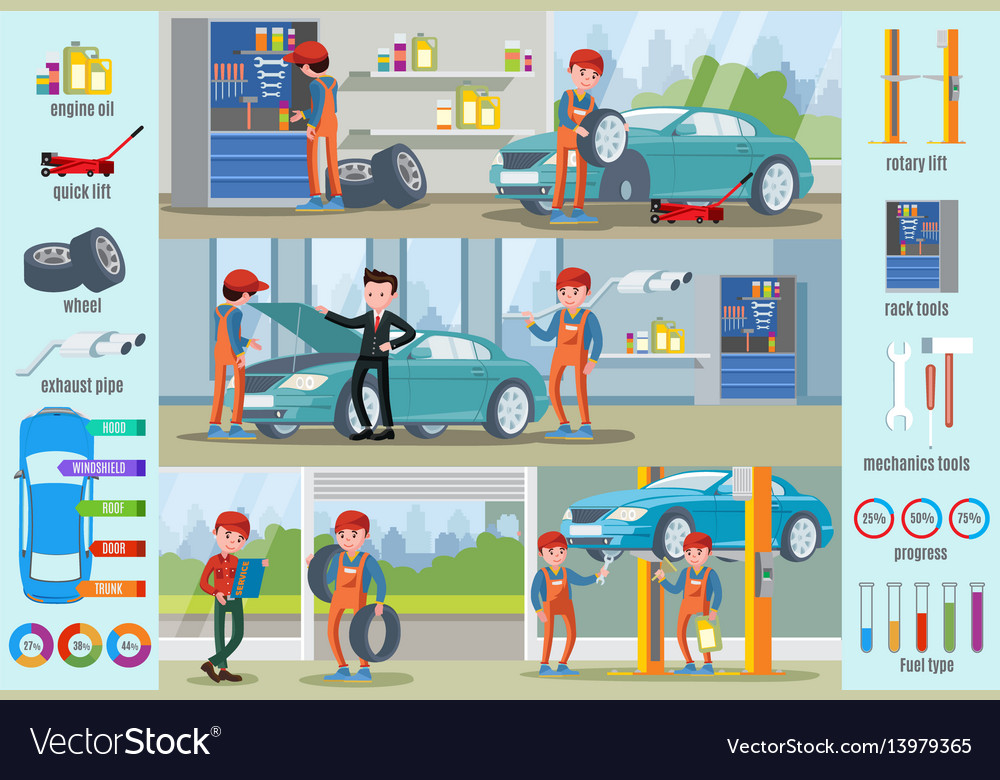Exploring The Genuine Interpretation Of Your Car'S Warning Lighting
Exploring The Genuine Interpretation Of Your Car'S Warning Lighting
Blog Article
Posted By-McKee Mendoza
When you lag the wheel, those beautiful warning lights on your control panel can be a bit difficult. Do you understand what they're attempting to inform you about your cars and truck's health and wellness? Comprehending the significance of these lights is important for your safety and security and the long life of your car. So, the next time among those lights appears, wouldn't you wish to analyze its message precisely and take the required steps to resolve it?
Common Caution Lighting and Interpretations
Recognize typical warning lights in your car and recognize their meanings to guarantee safe driving.
The most normal warning lights include the check engine light, which indicates problems with the engine or exhausts system. If this light begins, it's essential to have your vehicle checked without delay.
The oil stress alerting light suggests low oil pressure, needing instant attention to avoid engine damage.
A blinking battery light could suggest a faulty billing system, possibly leaving you stranded otherwise resolved.
The tire stress monitoring system (TPMS) light alerts you to reduced tire stress, impacting car stability and gas effectiveness. Neglecting this might result in unsafe driving conditions.
The abdominal muscle light shows a problem with the anti-lock stopping system, jeopardizing your ability to quit swiftly in emergency situations.
Finally, the coolant temperature advising light warns of engine overheating, which can lead to severe damage if not dealt with swiftly.
Recognizing these usual caution lights will aid you address issues immediately and keep secure driving problems.
Relevance of Prompt Attention
Comprehending the typical warning lights in your auto is just the initial step; the relevance of without delay addressing these warnings can't be highlighted enough to ensure your safety and security when traveling.
When how much does it cost to repair ac in car illuminates on your dashboard, it's your car's way of interacting a possible concern that requires attention. Overlooking these warnings can cause extra serious troubles later on, jeopardizing your security and potentially costing you more in repairs.
Motivate focus to advising lights can protect against break downs and accidents. For RV and camper repair , a flashing check engine light can suggest a misfire that, if left neglected, might create damages to the catalytic converter. Resolving this immediately can conserve you from an expensive repair service.
Likewise, a brake system cautioning light may signify low brake liquid or used brake pads, important elements for your safety and security when driving.
Do It Yourself Troubleshooting Tips
If you observe a caution light on your control panel, there are a few do it yourself repairing suggestions you can try before seeking expert help.
The very first step is to consult your auto's manual to recognize what the details caution light shows. Sometimes the concern can be as simple as a loose gas cap setting off the check engine light. Tightening up the gas cap may resolve the issue.
Another usual problem is a low battery, which can cause various warning lights. Examining mobile car ac repair near me for corrosion and ensuring they're safe may fix the trouble.
If a warning light lingers, you can attempt resetting it by disconnecting the vehicle's battery for a couple of mins and afterwards reconnecting it. Furthermore, inspecting your vehicle's fluid levels, such as oil, coolant, and brake liquid, can aid troubleshoot alerting lights related to these systems.
Conclusion
In conclusion, comprehending your cars and truck's warning lights is crucial for maintaining your automobile running smoothly and securely. By immediately dealing with these alerts and recognizing what they indicate, you can prevent expensive repair services and possible malfunctions.
Remember to consult your car's manual for specific details on each advising light and take action as necessary to make certain a trouble-free driving experience.
Keep notified, stay safe when driving!
